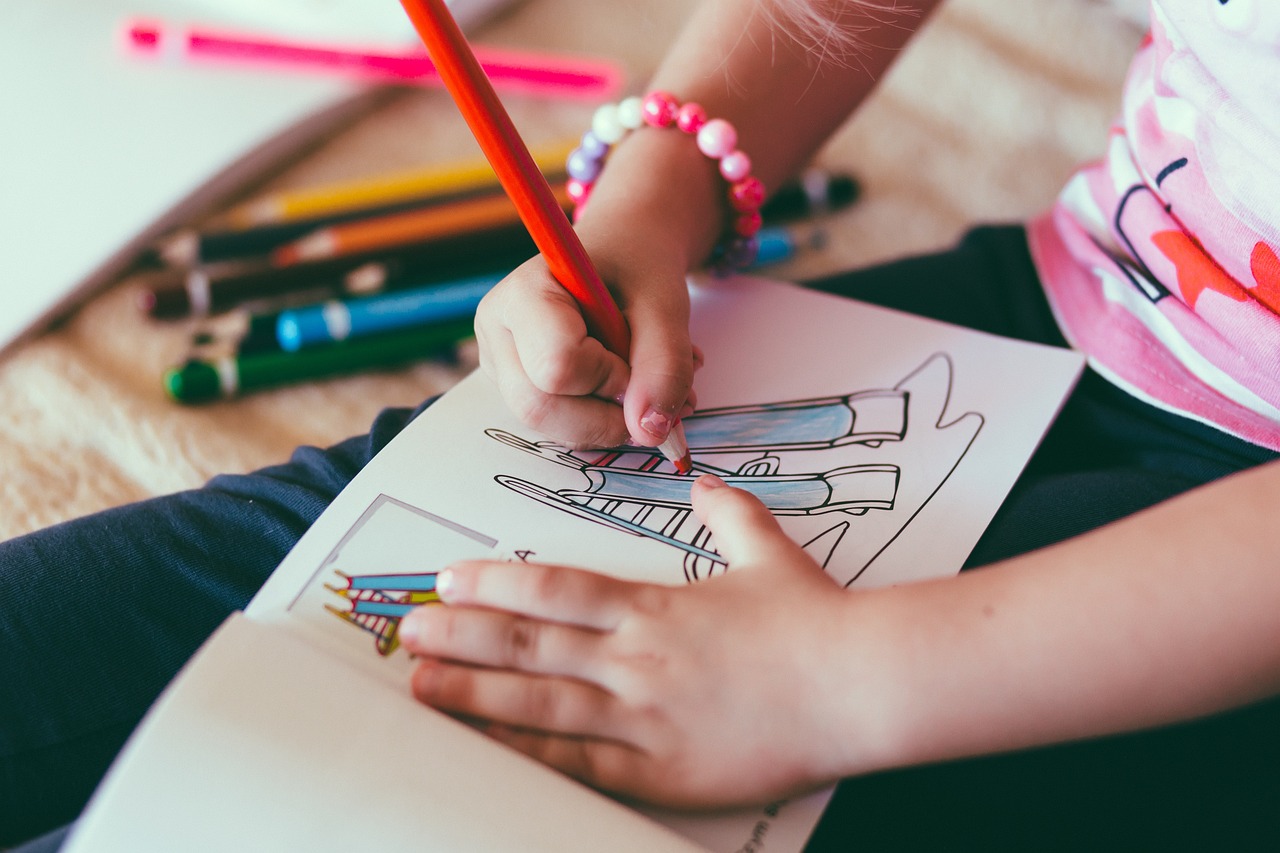Art is not just a creative outlet; it plays a significant role in the holistic development of children. Through various forms of artistic expression, children can enhance their cognitive, emotional, and social skills. In this article, we will explore the multifaceted role of art in child development.
Enhancing Cognitive Development
Art engages children’s minds in ways that promote cognitive growth:
1. Problem-Solving Skills
Artistic activities often require children to think critically and find creative solutions to visual or conceptual challenges. Whether it’s deciding how to represent an idea or choosing colors and materials, art fosters problem-solving skills.
2. Spatial Awareness
Creating art helps children understand spatial relationships, proportions, and perspective. It encourages them to think in three dimensions, which can be valuable in various subjects, including mathematics and science.
3. Attention to Detail
Art encourages children to pay attention to details, whether it’s the intricate patterns in a piece of fabric they’re using for a collage or the subtle variations in colors while painting. This attention to detail can be beneficial in academic pursuits.
Emotional Expression and Regulation
Art provides a healthy outlet for children to express and regulate their emotions:
1. Self-Expression
Art allows children to convey their thoughts and feelings in a nonverbal way. This can be especially valuable for those who find it challenging to articulate their emotions verbally.
2. Emotional Release
Creating art can be cathartic. It provides a safe space for children to release pent-up emotions, such as anger, sadness, or anxiety, in a constructive manner.
3. Building Confidence
Seeing their artistic creations come to life boosts children’s self-esteem and confidence. It teaches them that they can express themselves creatively and that their ideas and efforts are valuable.
Developing Fine Motor Skills
Artistic activities require precision and control, which contribute to the development of fine motor skills:
1. Hand-Eye Coordination
Drawing, coloring, cutting, and sculpting all demand coordination between hand movements and visual input. These activities strengthen hand-eye coordination, an essential skill for many aspects of life.
2. Dexterity
Using various art tools and materials, from brushes to clay, helps children refine their finger and hand dexterity. This can be particularly beneficial for activities like writing.
Fostering Social and Interpersonal Skills
Art often involves collaboration and interaction, which can enhance children’s social development:
1. Collaboration
Group art projects or art classes encourage children to work together, share ideas, and compromise. These experiences teach them how to collaborate effectively and value diverse perspectives.
2. Communication
Discussing their art with peers or teachers promotes verbal communication skills. It also helps children learn how to give and receive constructive feedback.
3. Empathy
Creating art often involves exploring different perspectives and emotions. This can foster empathy as children try to understand and represent the feelings and experiences of others in their artwork.
Boosting Creativity and Imagination
Art encourages children to think outside the box and explore their creative potential:
1. Imagination
Artistic activities allow children to let their imaginations run wild. Whether they are inventing fantastical creatures or dreaming up new worlds, this fosters creativity.
2. Innovation
Encouraging experimentation in art can lead to innovative thinking. Children learn that taking risks and trying new approaches can lead to exciting outcomes.
3. Problem-Solving
The creative process often involves encountering challenges and finding innovative solutions. This skill can be applied to various aspects of life beyond art.
Conclusion
Art is not just a recreational activity; it is a powerful tool for child development. By engaging in artistic expression, children can enhance their cognitive abilities, emotional intelligence, fine motor skills, and social competence. Art provides a space for self-expression and exploration, fostering creativity and innovation. Parents, educators, and caregivers should recognize the importance of art in children’s lives and encourage their creative endeavors.
